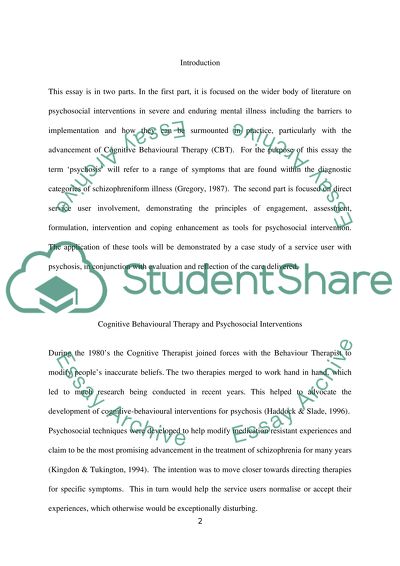Cite this document
(“Cognitive Behavioural Therapy and Psychosocial Interventions Essay”, n.d.)
Retrieved from https://studentshare.org/psychology/1512800-cognitive-behavioural-therapy-essay
Retrieved from https://studentshare.org/psychology/1512800-cognitive-behavioural-therapy-essay
(Cognitive Behavioural Therapy and Psychosocial Interventions Essay)
https://studentshare.org/psychology/1512800-cognitive-behavioural-therapy-essay.
https://studentshare.org/psychology/1512800-cognitive-behavioural-therapy-essay.
“Cognitive Behavioural Therapy and Psychosocial Interventions Essay”, n.d. https://studentshare.org/psychology/1512800-cognitive-behavioural-therapy-essay.


